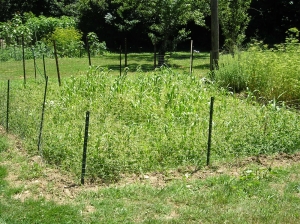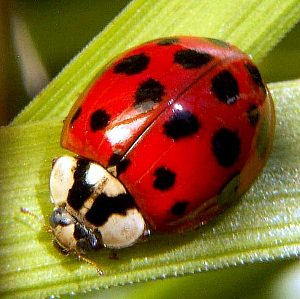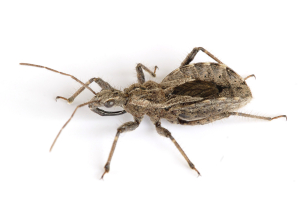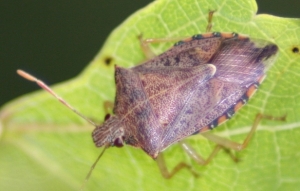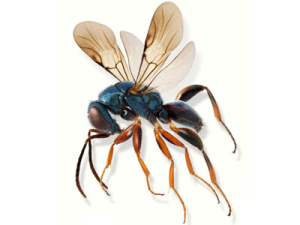Five Ways to Deter Garden Pests!
 Summer’s here and your garden’s in full swing. And so are those pesky garden pests, working overtime to make a mockery of all your hard work. Today we discuss 5 safe and natural ways to keep those pests at bay.
Summer’s here and your garden’s in full swing. And so are those pesky garden pests, working overtime to make a mockery of all your hard work. Today we discuss 5 safe and natural ways to keep those pests at bay.
1. Hot sauce and dish detergent
Would you enjoy a soapy hot sauce dressing with your veggies? Well, neither would the mammals—deer, woodchuck, groundhogs—who’ve been hanging around your garden. Mix one tablespoon of liquid detergent and a half bottle of hot sauce in a watering can, add water, and apply to your plants’ leaves. Reapply after heavy rain or storms.
2. Crushed Eggshells
Painless to you or me, crushed eggshells are like razors to caterpillars, slugs, snails, and other soft-bodied invaders. Rim your favorite plants with a couple handfuls of these guys, and you’ll be breathing easier and sleeping better. And as an added benefit, eggshells are rich in calcium and make an ‘egg’cellent fertilizer!
3. Beneficial Bugs
It’s a bug-eat-bug world out there, and you need a few good bugs to keep the bad bugs at bay. By planting a few well-known vegetables/flowers, you can be sure to recruit a whole bunch of these good bugs. Tomato plants protect cabbage plants against diamond back cabbage moth invasion. Nasturtium repels cucumber beetles from cucumbers. Sweet alyssum attracts bugs that help protect potatoes; dwarf zinnias do the same for cauliflower. And birds eat bugs of all stripes, so keep a bird bath/feeder nearby!
Good fences make good neighbors, especially if your neighbors are rabbits, deer, or groundhog! Make sure your fence is at least 1 foot deep and 5 foot high—ground hogs can dig deep, and deer can jump high! Adding a layer of beveling around the top of your fence provides an added assurance against groundhogs, who are renowned climbers!
5. Traps
Every pest has a weakness. A dishful of beer is irresistible to a slug—they’ll dive in and drown. A yellow bowl filled with water will attract and drown flea beetles. And so on. By placing these traps around the edge of your garden, pests will be drawn out; not in.


